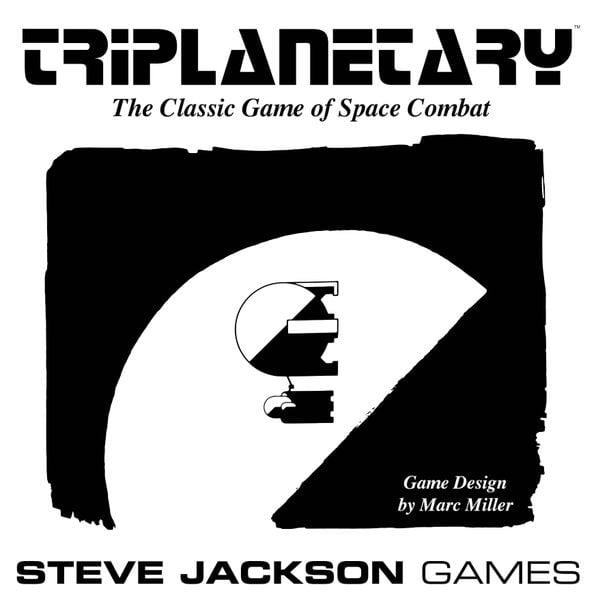Triplanetary (1973) Board Game
Triplanetary is a classic board game that was first published in 1973 by Game Designers’ Workshop (GDW Games). It was designed by John Harshman and Marc W. Miller, with artwork by Paul Richard “Rich” Banner. The game is set in a science fiction universe and is classified as a wargame, focusing on simulated space combat.
Game Components of Triplanetary
How To Setup Triplanetary
To set up Triplanetary, players start by laying out the game map, which shows the Solar System from the Sun to Jupiter. The map is not to scale but includes key features like planets, moons, and the asteroid belt. Players then choose their scenarios and place their ship counters on the starting positions indicated by the scenario rules. Each player will need to have the rulebook and the necessary markers and counters ready. The game also includes a plastic overlay and a grease pencil for tracking movement paths directly on the map.
Gameplay Mechanics and Game Objective
Mechanics
Game Objective
The game objectives vary depending on the scenario chosen. Examples include:
Player Experience
Triplanetary offers a unique blend of strategy and simplicity. Players need to plan their moves carefully, managing fuel and navigating through the gravitational influences of celestial bodies. The game is highly flexible, allowing players to create their own scenarios or use the provided ones. It is fun to play solo or with multiple players, and the quick, intuitive rules make it accessible to a wide range of players. The game’s ability to simulate real spacecraft movement and combat adds a layer of realism and engagement.
Pros
Cons
Personal Thoughts on Triplanetary
Triplanetary is a game for those who enjoy strategic space combat and are fascinated by the mechanics of space travel. It is ideal for fans of wargames and anyone looking for a game that combines simplicity with depth. The game’s flexibility and the ability to create custom scenarios make it a great choice for players who enjoy tinkering with game mechanics. Steve Jackson’s personal involvement in the game’s revival adds a touch of nostalgia and dedication to this classic, making it a must-play for enthusiasts of vintage board games.
We are supported by our audience. When you purchase through links on our site, we may earn an affiliate commission, at no extra cost for you. Learn more.

